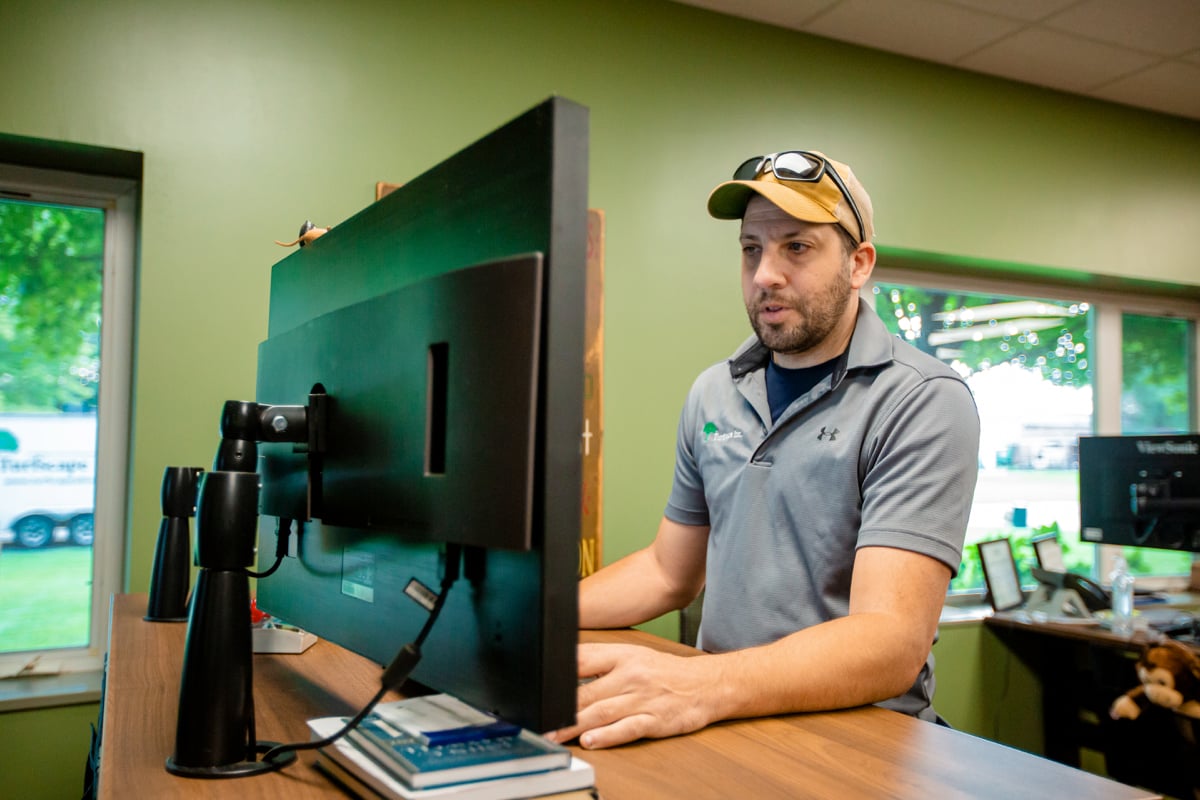Maintaining a school is more than keeping its indoor learning environment working soundly. It’s also about upholding a healthy outdoor environment.
When you have school grounds landscaping that adds to the educational experience, you maximize not only your budget, but also the lives of all of your students.
Looking around your school landscape, the upkeep can seem overwhelming. But choosing the right trees and shrubs can mean all the difference when you consider all of your maintenance needs, facility goals, and how you want to beautify your landscape for the best of everyone who works at, visits, or attends your school.
The Best Trees and Shrubs For a School Landscape
Too frequently, commercial facilities, schools included, will choose the wrong tree or shrub for the wrong place.
An area’s soil conditions, traffic, sunlight, and water or drainage give you a guide for what species might work best there. Then you also have to look at the specific habits of that tree or shrub, such as its growth expectations; sunlight, water, and soil needs; and fruiting or flowering habits. Matching these two things will give you optimum results for a school landscape design.
These 5 trees can offer great property aesthetics while being sturdy, strong, and low-maintenance.
1. American Hornbeam
The American Hornbeam tree has a slow growth rate at about 1 foot per year, but at full size it can reach 20 to 40 feet tall and 20 to 30 feet wide.
This low-maintenance addition to your school landscape design offers puffs of golden yellow blossoms in early July. Then large, attractive seed pods go from pale green to brown and hang on the tree through winter, so it’s not messy. 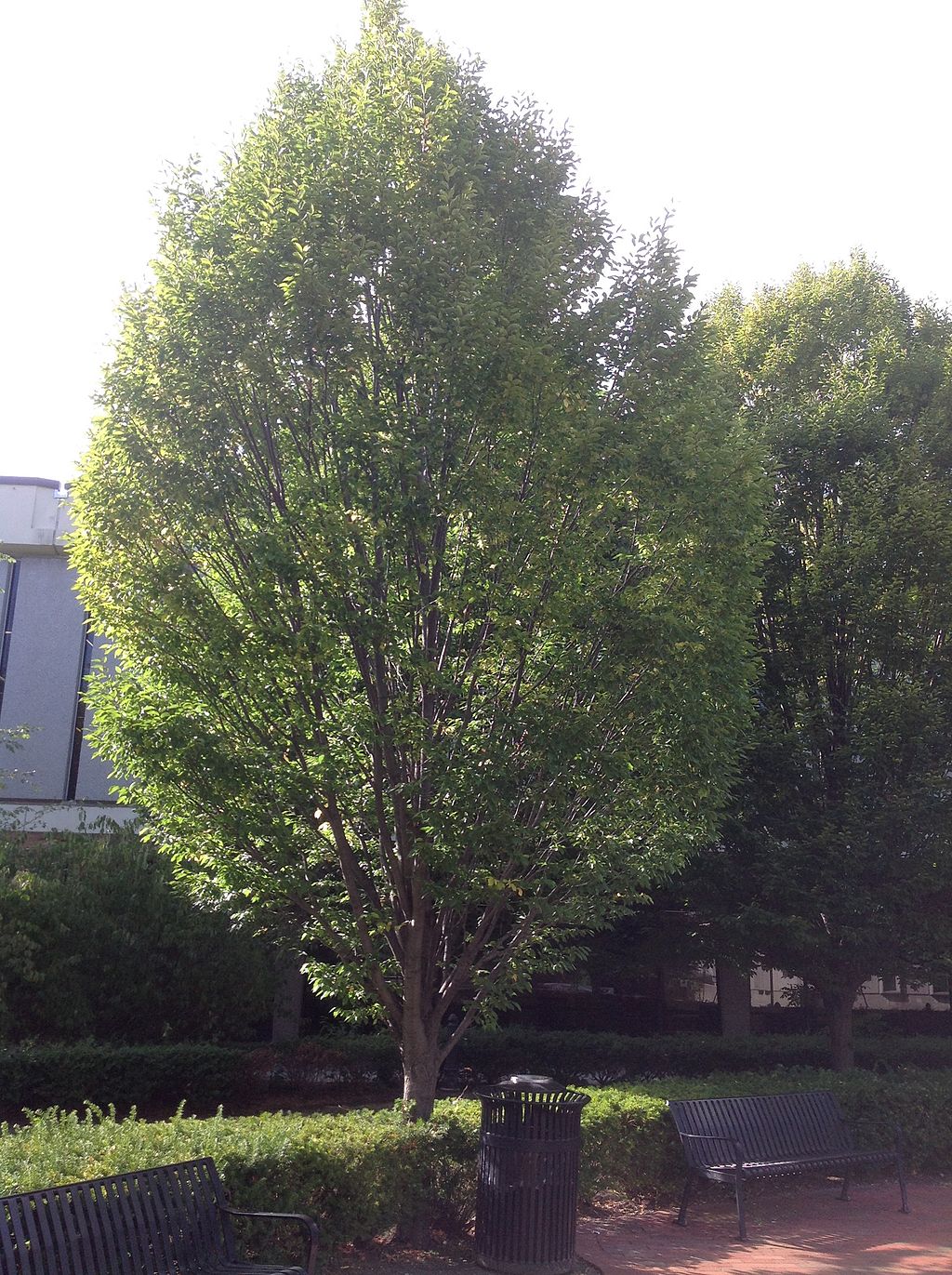
The low-canopy American Hornbeam likes full sun and adapts readily to dry conditions or poor soils. With a gray-brown bark and yellowish orange autumn color, this multipurpose tree adds shade and lower growing greenery to Northeast Ohio educational facilities.
2. ‘Autumn Blaze’ Maples
The ‘Autumn Blaze’ maple tree, which is actually a hybrid between a silver and red maple, is best known for its vibrant, long-lasting, scarlet-red fall color. It gets its fall color and strength from the red maple and its fast-growing nature from the silver maple.
The tree offers the best autumn color when planted in full sun, but will tolerate partial shade. It’s also very hardy and can withstand a wide range of conditions.
In winter, ‘Autumn Blaze’ even offers some interest with its attractive, upright, oval-shaped form. Use it as a shade or accent tree as part of your school landscape design.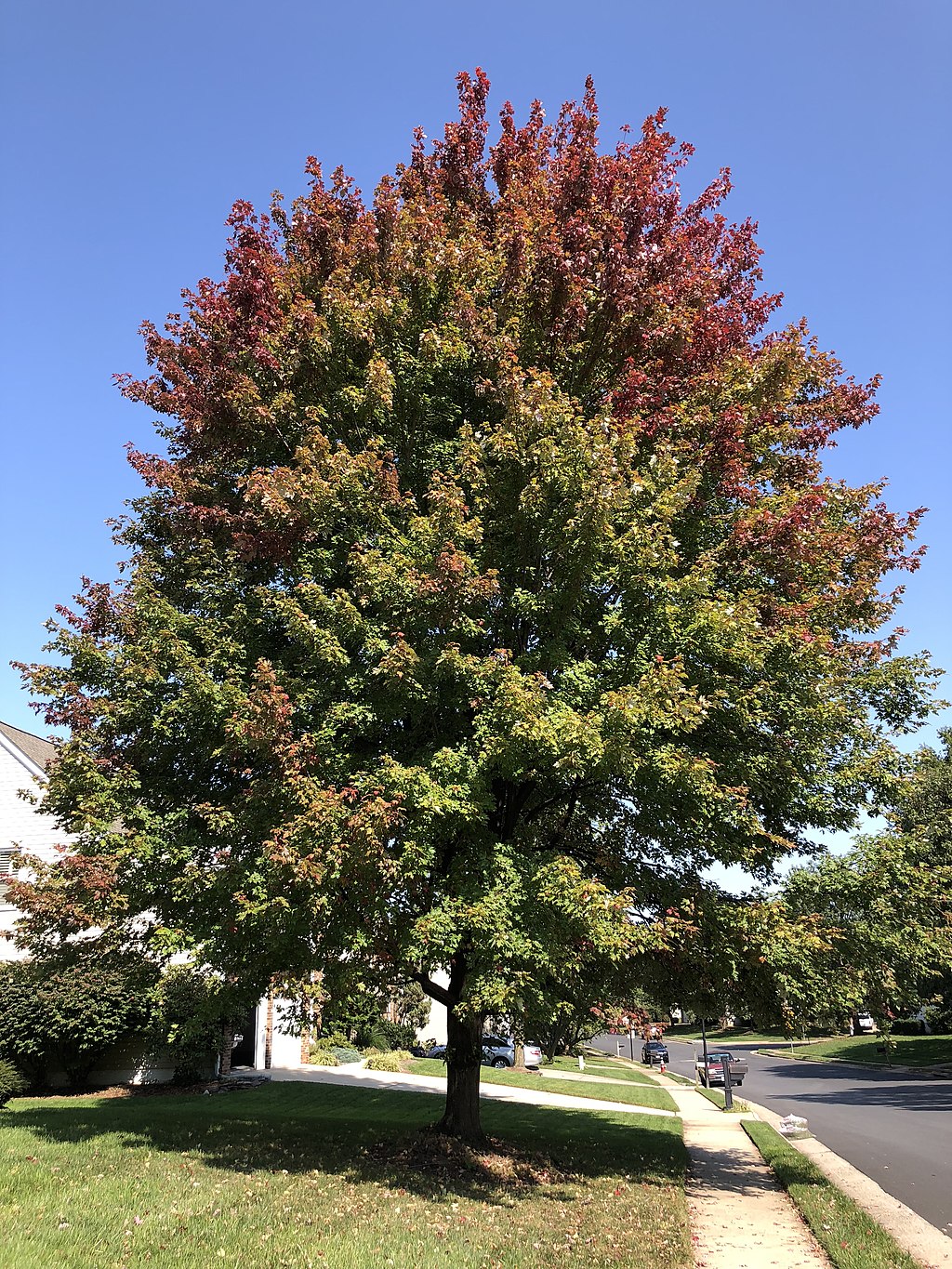
3. Thornless Hawthorn
Looking for multiseason beauty without painful thorns? Then the Thornless Hawthorne fills the bill.
This user-friendly variety is a specimen tree with dense foliage so it can be used as a screen near a play area, and you don’t have to worry about students running up against thorns in the traditional variety. 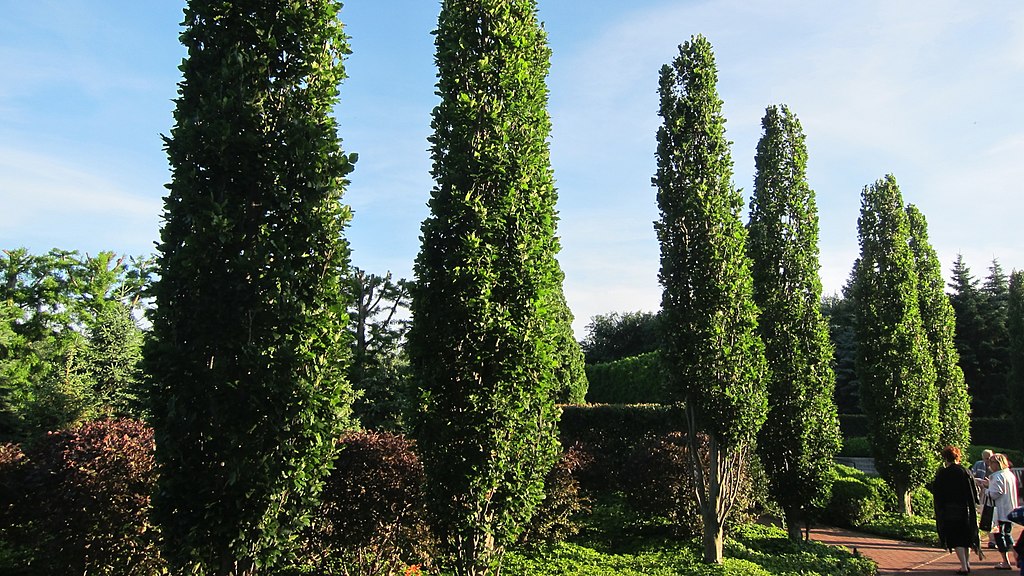
This tree brings white spring flowers, showy red fruit in early fall and bright orange autumn foliage on its 30-foot-by-30-foot mature frame.
Give this tree full sunlight and it will adapt well to all the school grounds landscaping traffic your site delivers.
4. Littleleaf Linden
The littleleaf linden features smaller leaves than other members of the linden family.
This tree forms a tight pyramid with fragrant yellow flowers in early summer when few other trees bloom. Its heart-shaped leaves are dark green during the growing season and turn a gleaming yellow in the fall. 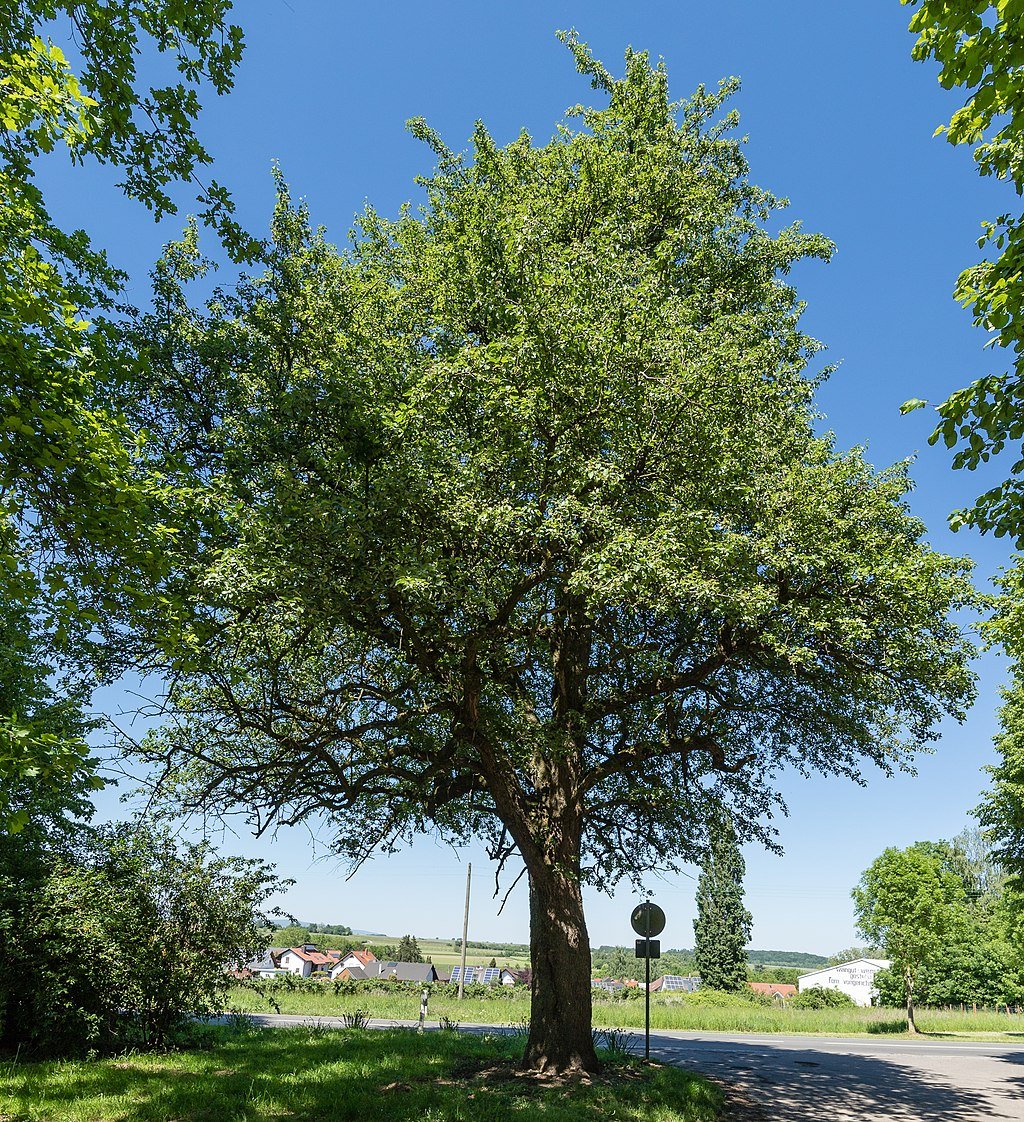
It’s also a great size for school grounds landscaping reaching only 50 feet tall at maturity with a 30-foot spread. Give this one full sun and it’ll tolerate most challenging conditions, such as pollution or drought.
5. Thornless Honeylocust
This popular shade tree is highly valued for its fern-like leaf appearance, which casts a delicate dappled shade.
Offering green foliage throughout the growing season, then a golden yellow in the fall, this tree brings an upright spreading growth habit to your school landscape design. It’s also a deer-resistant variety. 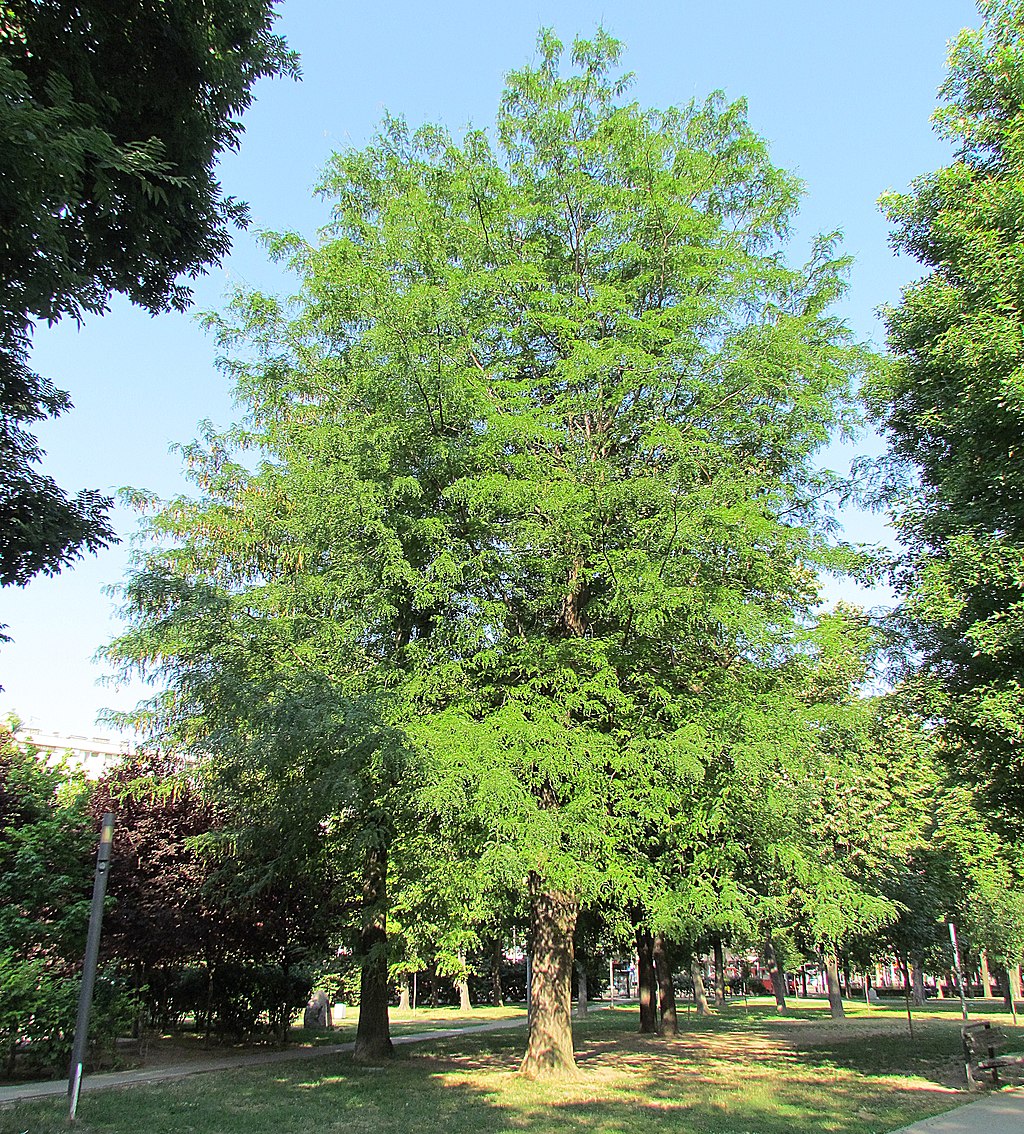
Growing to 50 feet tall with a 50-foot spread, this high-canopy variety sits well above the ground. It also grows quickly in full sun and is tolerant of city environments, drought, and even winter salt exposure.
6. Boxwood
This is a school grounds landscaping shrub of choice for all kinds of hedges and topiary since it is attractive, dense, and takes pruning very well.
Small, round leaves remain green throughout the growing season, as well as in winter. This low-maintenance shrub has a fine texture that sets it apart from other shrubs and a rounded form. Deer also tend to avoid it in favor of other tastier options.
Growing to 15 feet tall and wide, this shrub fills in to the ground in full sun or partial shade.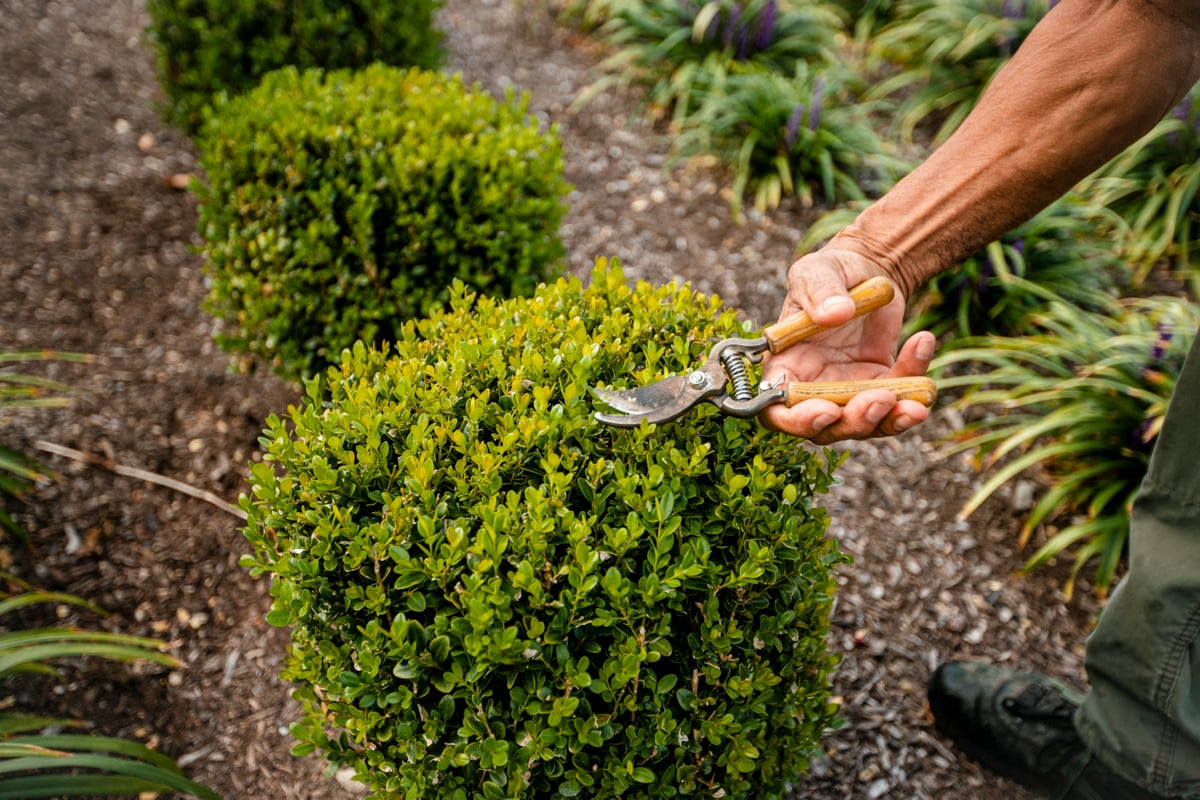
7. Burning Bush
This popular landscape shrub stays nicely shaped and attractive all year, but then comes to life in the fall with vibrant red foliage, adding some drama to your school grounds landscaping.
This shrub can reach 4 to 8 feet tall and wide, making them perfect standout specimens or as hedges or even windbreaks.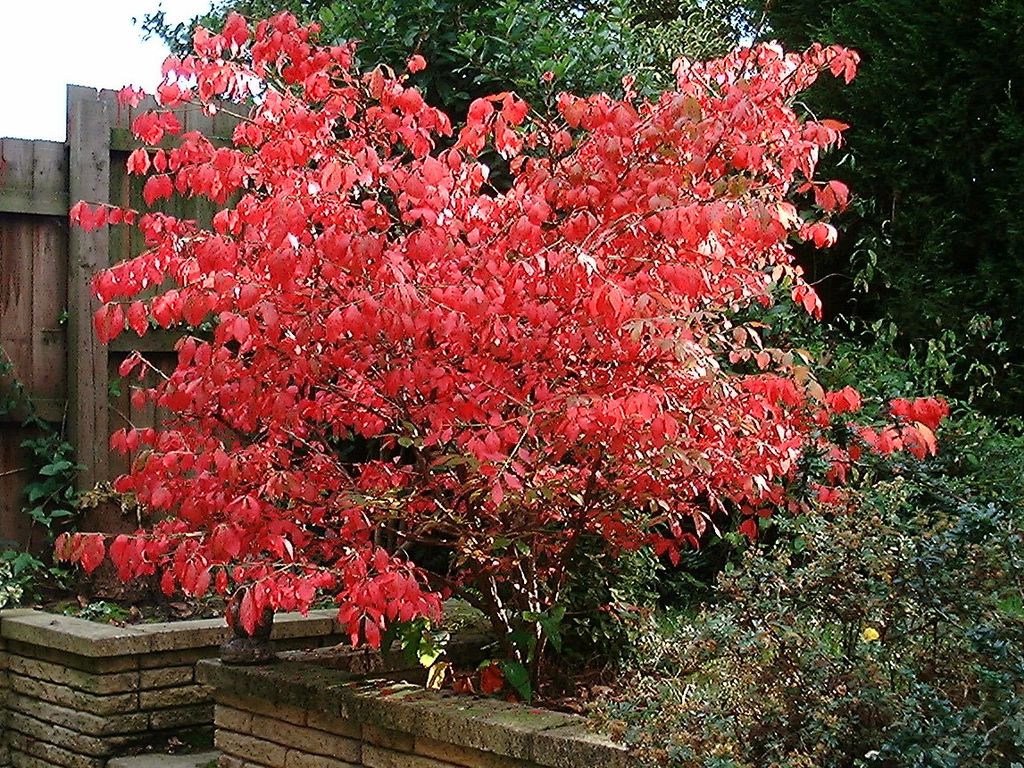
8. Yew
This easy-to-grow evergreen shrub has attractive, dark, glossy green foliage and a dense, busy growth habit.
Disease-resistant and well tolerant of pruning, these shrubs that grow 3 to 12 feet high and 3 to 6 feet wide can make great hedges, foundation or border plantings, or even screens in your school landscape design.
Plant in well-drained soil; fertilize annually; and add mulch to retain moisture, control soil temperatures, and suppress weeds.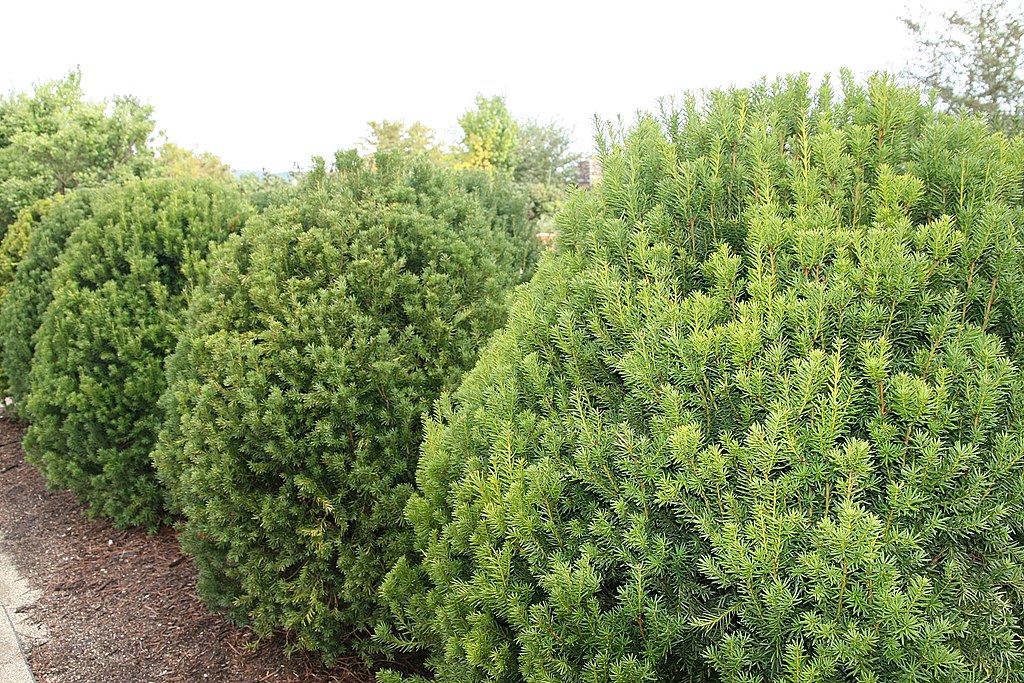
Tree & Shrub Qualities to Avoid in Your School Landscape Design
While these are just a few options for your school grounds landscaping, since there are so many varieties of trees and shrubs available, you may have your eyes on some other species.
Just remember the following tips of things to avoid to keep your school landscape looking great and your maintenance budget in check.
- A high-maintenance tree or shrub that needs extra special care or constant pruning is typically not something you want to stay on top of at your educational facility.
- If the tree or shrub drops a lot of messy fruit or seeds that students and teachers can track in and out of the building, avoid these species.
- Remember to choose tree and shrub varieties that don’t grow wild and block entrances and exits or sight lines.
Choose Trees & Shrubs That Work For You
Planting the proper trees and shrubs for a school landscape in the correct locations can enhance your property, as well as bring a bevy of benefits.
This includes shade and cooler temperatures for students and teachers alike, presenting soil erosion and stormwater runoff, buffering wind, and giving your school a welcoming, professional appearance.
Since there are so many varieties out there, we know choosing the best ones for your educational facility can be challenging.
Let Turfscape help. Our experts have worked on many school properties, including those who have obtained and are maintaining a Tree Campus USA designation. So we can help you choose and maintain the best trees and shrubs to meet your specific needs at your educational facility in Northeast Ohio.
Want to learn more about the trees and shrubs that can shine in your school landscape design in Northeast Ohio? Get started today with a free quote. We’ll review your options together so you can make a great choice.
Image Source: American Hornbeam, Autumn Blaze Maple, Thornless Hawthorn, Littleleaf Linden, Thornless Honeylocust, Burning Bush, Yew



